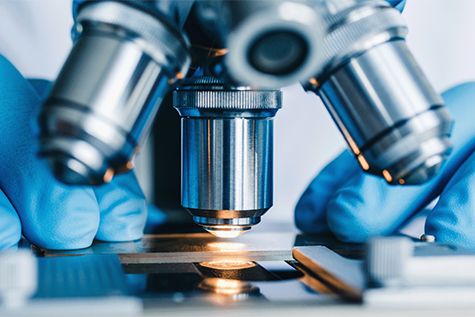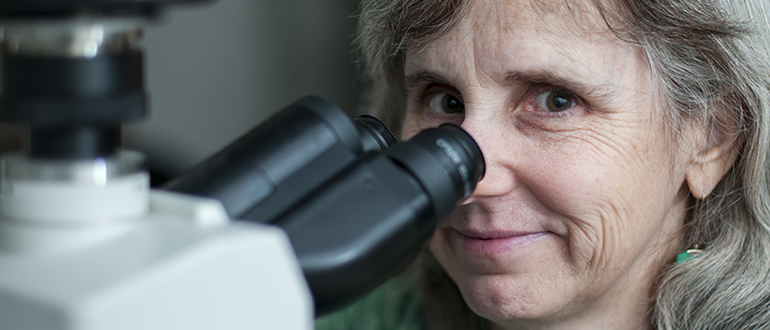Welcome
The Stepp Lab is devoted to understanding how epithelial cells within tissues are maintained, differentiate, and respond to trauma. This research includes the roles played by the axons that innervate epithelial tissues. The cells studied in the lab are derived from the skin and cornea. In vivo, these cells adhere to one another to form sheets that have special properties. These include serving as a barrier to prevent microbial invasion and retain water within the tissue as well as providing a smooth surface to allow tears to spread and light to enter the eye and strike the retina. Using a combination of in vitro and in vivo models, microscopy, and molecular approaches, the Stepp Lab has made important contributions to our understanding of epithelial cell homeostasis as well as skin and corneal wound healing.
Dr. Stepp and collaborators at Schepen’s Eye Research Institute and Harvard Medical School were the first group to characterize at the molecular level, the identity of one of two integral membrane components of the hemidesmosome (α6β4 integrin). More recently, the Stepp Lab revealed a unique association between the dense collection of corneal sensory nerves and the corneal epithelial cells that shows that corneal epithelial cells act as glial cells to support the sensory axons that innervate the cornea. The corneal sensory nerves are part of the peripheral nervous system (PNS).
The Stepp Lab believes that studying how the corneal sensory nerves are maintained and respond to injury will give us new insight into how other PNS axons respond to injury and repair.

The Stepp Lab is understanding how epithelial cells within tissues are maintained, differentiated, and respond to trauma.

View the latest publications.
